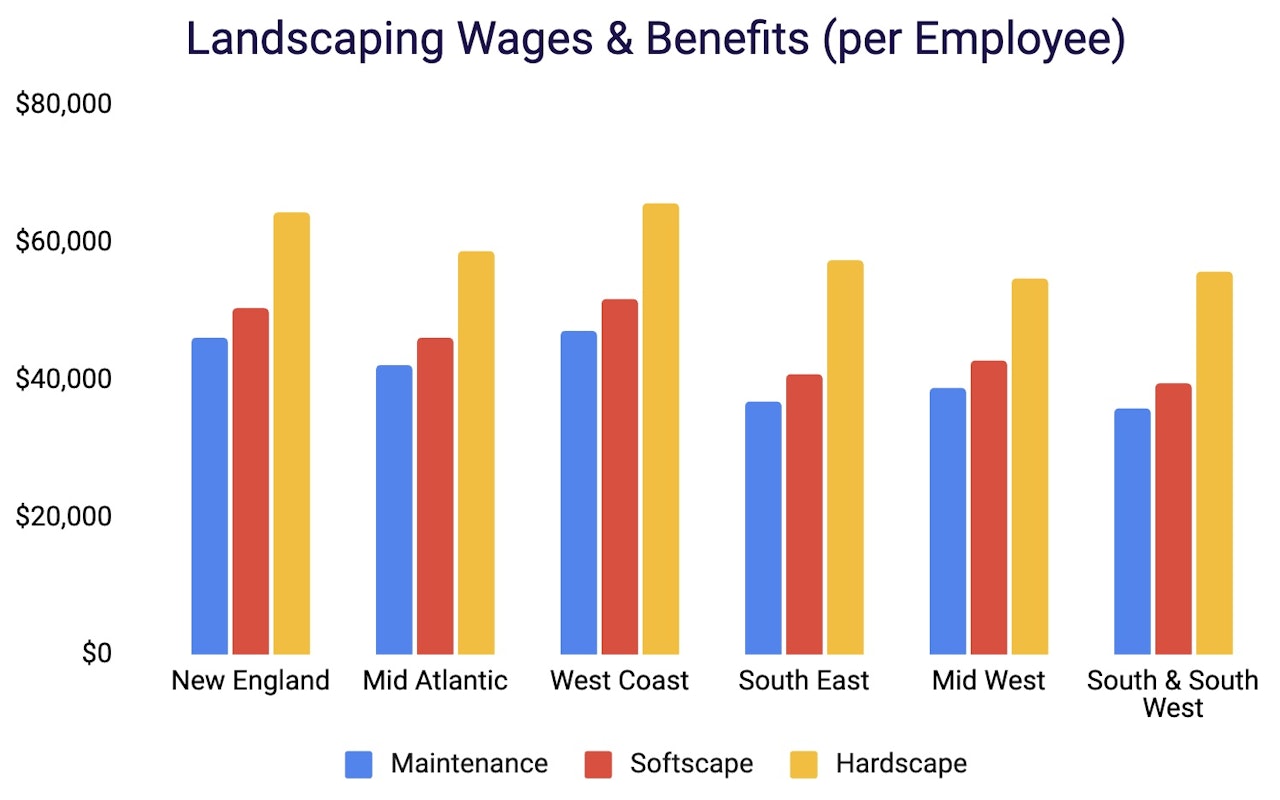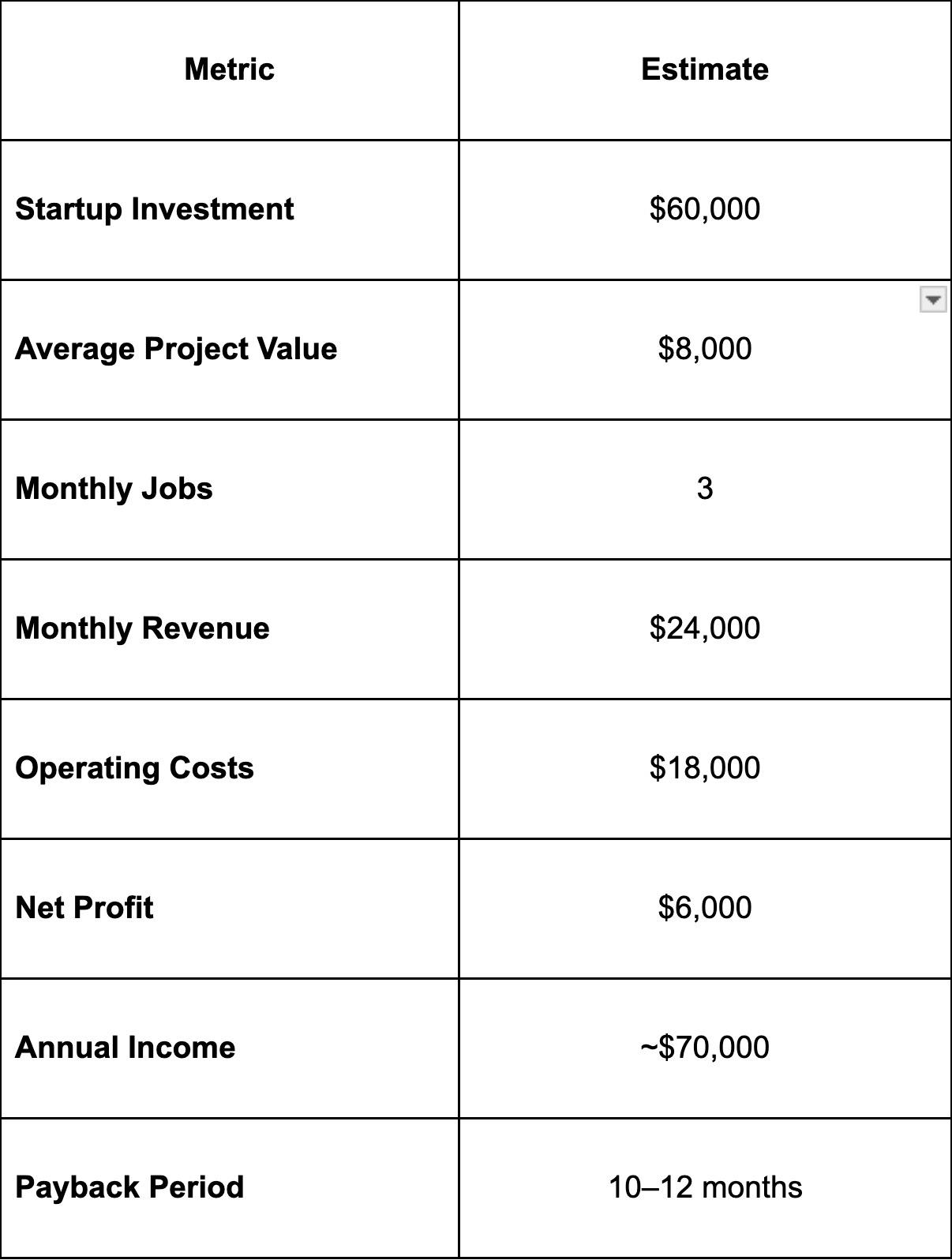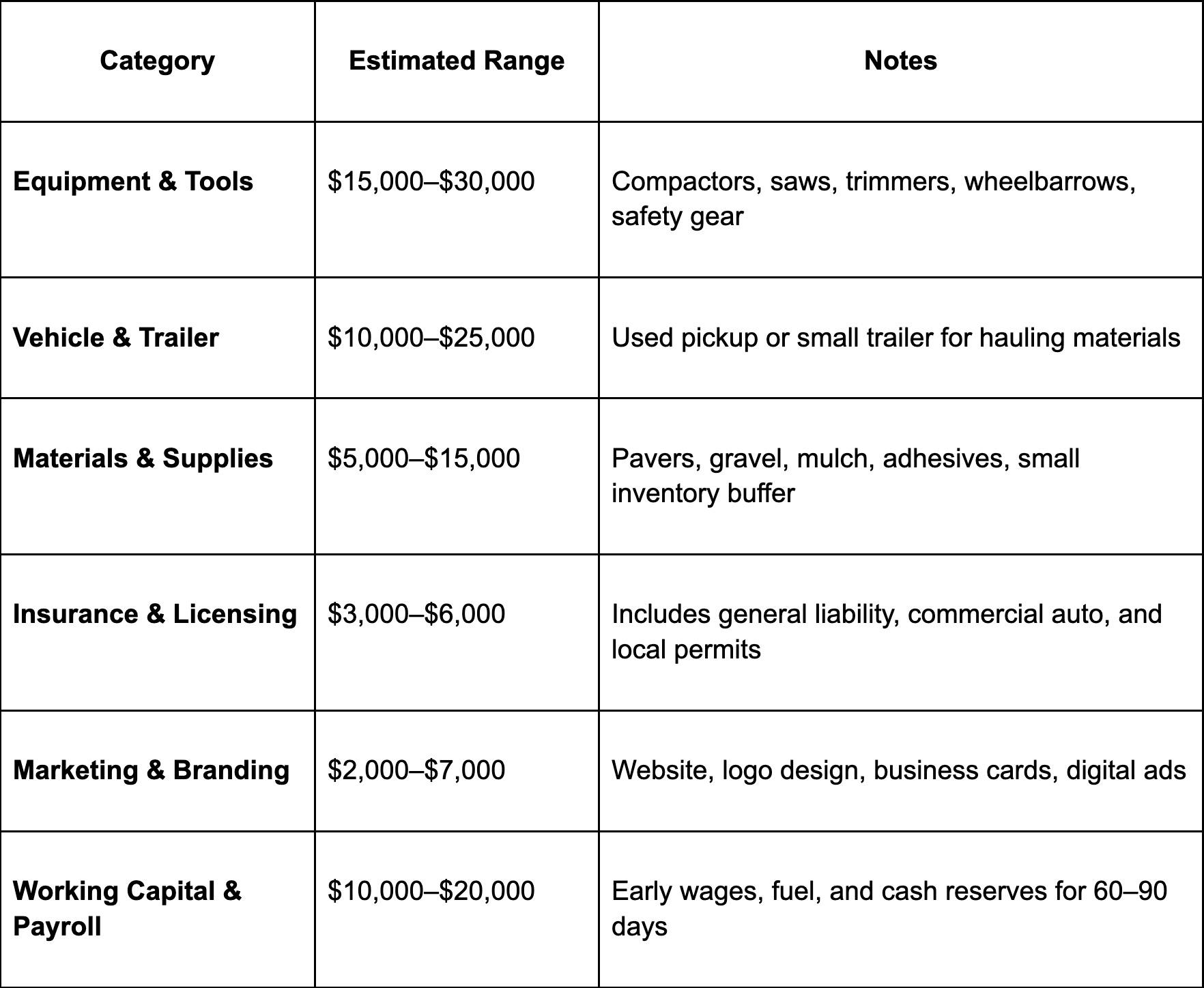Understanding the Hardscaping Industry
What is Hardscaping?
Hardscaping refers to the design and construction of non-living elements in outdoor spaces—patios, walkways, retaining walls, and driveways that add structure, beauty, and functionality. Unlike lawn care or soft landscaping, hardscaping blends craftsmanship and engineering to create high-quality, durable outdoor spaces.
Market Demand and Niche Opportunities
The U.S. landscaping industry reached more than $176 billion in 2024 (IBISWorld, 2024). Hardscaping has grown quickly as homeowners and commercial property owners invest in outdoor living and entertainment spaces. According to Angi’s 2024 Home Improvement Trends Report, 74% of homeowners completed at least one outdoor project last year, showing ongoing demand for professional contractors.
Profitable niches include sustainable installations using permeable pavers, commercial enhancements for schools and HOAs, and custom designs integrating lighting and drainage systems.
Key Services You Can Offer
- Patio and walkway installation using pavers or concrete
- Retaining wall and drainage system construction
- Outdoor kitchens, fire pits, and seating walls
- Driveways and decorative concrete
- Commercial enhancement and maintenance
Using Duranta, contractors can manage proposals, materials, and invoicing in one place—saving hours each week and keeping projects organized.
👉 Read more about how much money you can make in hardscaping

 Strategy
Strategy






